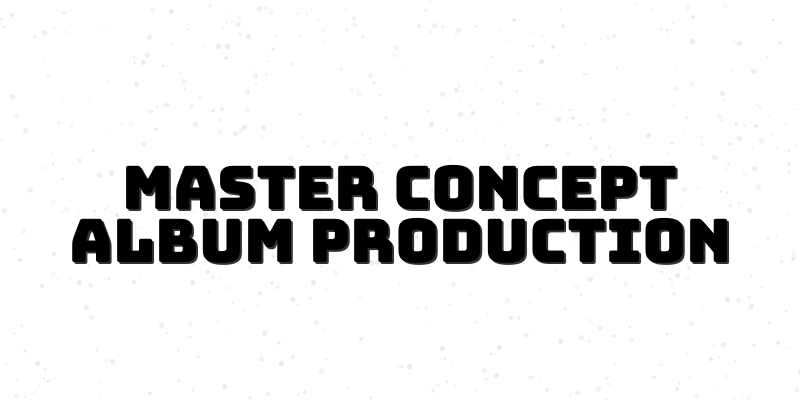Ultimate Guide to Setting Up Your Home Studio
Designing a home studio setup is an exhilarating opportunity for every aspiring music producer and audio engineer. A well-planned home studio not only boosts your creativity but can also significantly elevate the quality of your music production. In this blog post, we will explore essential components and strategies for creating your perfect home studio setup, guiding you step-by-step to enhance your audio engineering skills and productivity.
1. Understanding the Importance of a Home Studio Setup
Creating a home studio is not just about purchasing fancy equipment; it's about constructing a creative environment that fosters innovation and productivity. A personalized space lets you work at your own pace and style, reducing distractions, which is crucial for any music producer. In the competitive landscape of music production, having your own studio can also set you apart, allowing you to experiment more freely and develop your unique sound.
Moreover, a meticulously designed studio can enhance collaboration with other artists and facilitate better communication. Whether you are working on a solo project or in a team, a quiet, well-organized space allows music to flow more effortlessly. The comfort and inspiration derived from a successful setup can lead to more productive sessions, ultimately translating into high-quality sound and finished tracks.
2. Selecting Essential Audio Equipment for Your Studio
The heart of any home studio is the audio equipment you choose. You will require a Digital Audio Workstation (DAW), which serves as the command center of your music production process. Choose a DAW that suits your workflow and meets your production needs; popular options include Ableton Live, Logic Pro, and Pro Tools. Each software has its unique features and capabilities, so exploring a few before settling on one is advisable.
Next, consider your audio interface. A reliable audio interface will convert your sound into digital format and enable better sound quality for recording and mixing. Look for one with multiple input and output options to accommodate various instruments and microphones. Additionally, investing in quality studio monitors or headphones will allow you to accurately hear and mix your audio, which is critical for professional sound.
3. Acoustic Treatment: Sculpting Your Sound Environment
One of the primary aspects of effective home studio setup is acoustic treatment. The way sound interacts with the room can make or break your recordings. Basic acoustic treatment includes using soft furnishings to absorb sound and prevent echoes. Acoustic panels and bass traps can help control bass frequencies and reflect sound in a way that enhances your audio quality.
To determine the best placement for your acoustic treatments, you will want to consider the room's geometry and your monitoring position. Investing in quality acoustic treatment not only improves sound clarity but also enriches your listening experience while mixing and mastering.
4. Designing Your Workspace: The Art of Inspiration
Your workspace design plays a pivotal role in your creativity. Position your studio equipment ergonomically to reduce strain while promoting a seamless workflow. Incorporate elements that inspire you, whether through color, layout, or decor, to enhance your creative mood.
Additionally, creating zones in your workspace can help streamline your processes. For example, having a designated area for recording, mixing, and editing can encourage a more organized and focused workflow. Regularly reassess your workspace as your needs and style evolve, ensuring it remains the perfect environment for your production journey.
5. Optimizing Your Production Workflow
Once your equipment is in place and your space is designed, optimizing your production workflow can help you maximize your creative power. Start by establishing a routine that includes dedicated time for brainstorming, recording, and editing.
Learn shortcuts in your DAW to streamline the editing process, allowing you to focus more on creativity than technicalities. Also, don't hesitate to collaborate with fellow producers and musicians; fresh perspectives can significantly enrich your work. Regularly analyzing your output can provide insights, helping you improve your music production skills continually.






